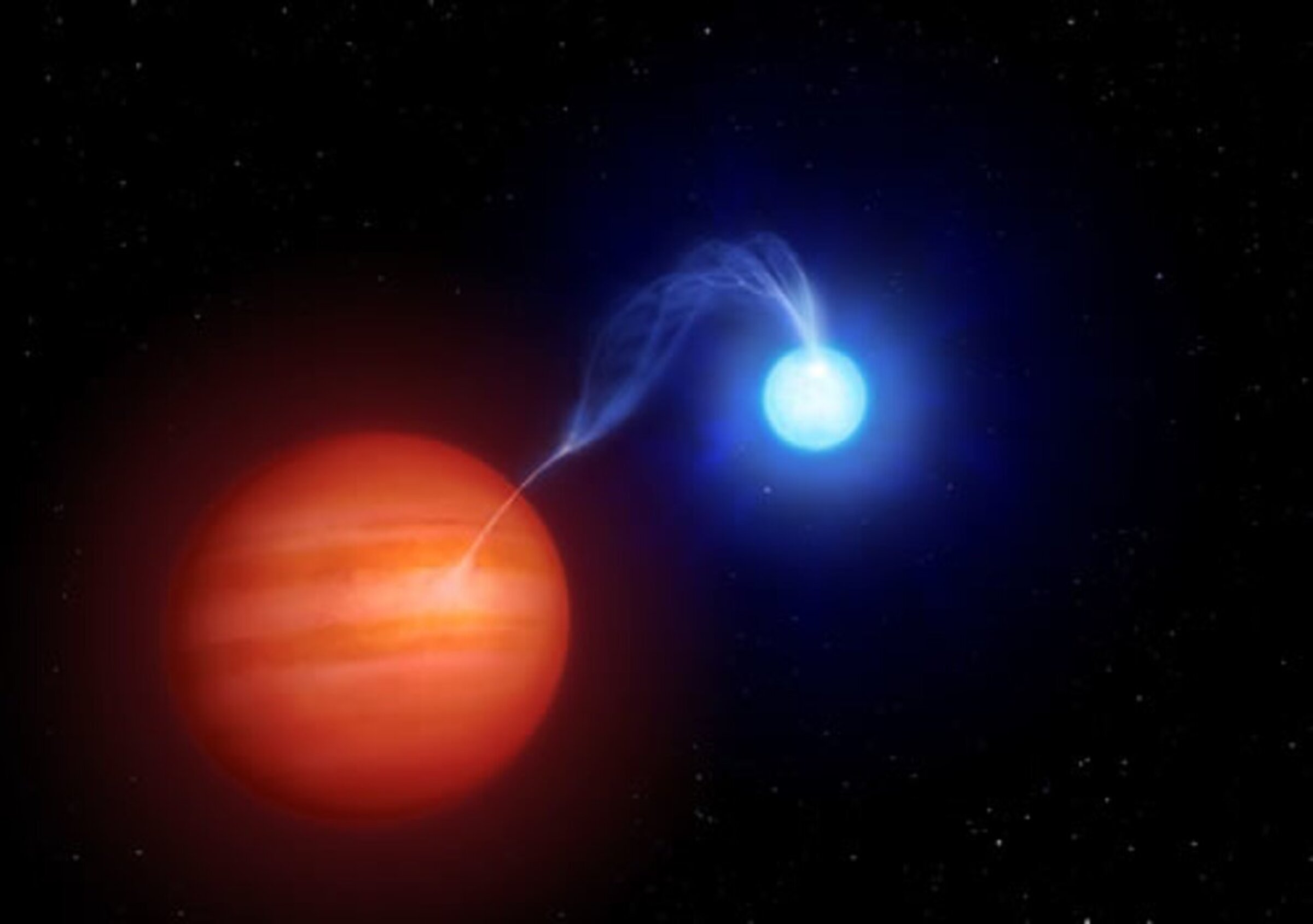

During the past week, NuSTAR observed the magnetic Cataclysmic Variable (mCV) EF Eridani, after it awoke from a nearly 30-year-long dormant period. mCVs are binary star systems consisting of a white dwarf and a companion star, where material from the companion is accreted onto the white dwarf. As this material falls, it reaches supersonic speeds, creating a shock wave that heats the material to over 100 million Kelvin and produces intense X-ray emission, detectable by NuSTAR. mCVs are of particular astrophysics interest since they are potential progenitors to Type 1a supernovae, a critical component of the cosmological distance ladder, and because they contribute significantly to the X-ray source population in the Galactic Center. This NuSTAR observation is coordinated with XRISM. NuSTAR’s broadband spectral sensitivity, combined with XRISM's precision spectroscopy, will provide scientists with unique insights into the accretion flow onto EF Eridani, revealing details of the heating, dynamics, and radiative processes that govern mCV systems.
Authors: Gabriel Bridges (PhD Student, Columbia University)